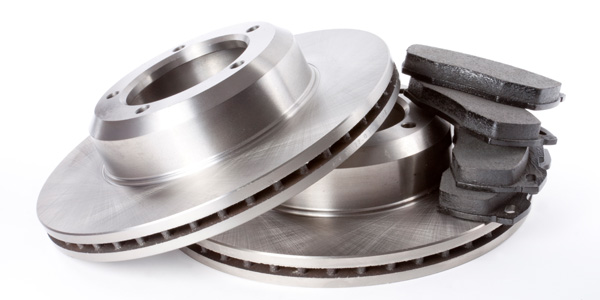
Brakes should be inspected regularly to check for wear and other problems. But how long a set of brake pads or shoes actually lasts on a vehicle depends on miles driven; frequency of braking; driving style (aggressive or light-footed); the wear characteristics of the friction material; brake temperatures (hotter wears the linings faster); and environmental factors (moisture exposure, oxidation, road salt and abrasive dirt).
Thanks to relatively stable fuel prices, motorists have been driving more miles per year than ever before. Many motorists now are driving upward of 15,000 miles a year, and some are racking up a lot more. The explosive growth of ride-sharing services such as Uber, Lyft and others means some people are putting thousands or even tens of thousands of extra miles per year on their cars.
According to industry reports, there are now more than 1 million people driving for Uber, Lyft and similar ride-sharing services. About half of these people are occasional part-timers who put in less than 15 hours a week and log less than 1,000 to 1,500 miles a month. But the other half are putting in 30 to 45 hours a week and driving 3,000 to 4,000 extra miles a month delivering passengers and goods to their destinations. That adds up to 36,000 to 50,000 or more extra miles a year. With that kind of mileage being driven, the brakes are going to wear out two to three times faster than those on the average vehicle.
Brake linings wear faster when brake temperatures go up. Stop-and-go city driving is especially hard on brakes, as is speeding and aggressive driving. The weight of the vehicle also is a factor, because larger/heavier vehicles generate more heat when the brakes are applied.
If you have a customer who is an Uber or Lyft driver, a pizza delivery driver or even a busy soccer mom, and they need a new set of brake linings, recommend a premium-quality brand. A cheap set of replacement pads may seem like a bargain at the time, but they won’t last or perform as well as a premium set of pads. Most premium pads also are low-dusting and quieter than standard or economy pads.
Many people who use an Uber or Lyft service to get from A to B probably would prefer to ride in a vehicle with quiet (and safe) brakes. We haven’t seen any statistics yet, but considering all the millions of trips that are being made by Uber and Lyft these days, there likely have been some accidents in which bad brakes have been a contributing factor.
Bad brakes in any vehicle are unsafe. Many late-model vehicles have pad sensors that warn the driver when the linings are dangerously thin. Metallic scraping sounds are another clue that the linings are worn out and need to be replaced. Worn brake linings still might stop a vehicle, but for how long is anybody’s guess. It’s a gamble no one should take – especially if a vehicle is being used to haul paying passengers who assume the vehicle they are riding in is safe.
When a newer vehicle needs brake work, all that’s usually required is a new set of pads (usually front only, but sometimes the rear or all four) and maybe a set of rotors. If the inner and outer pads are worn unevenly, it usually indicates the calipers are sticking and also should be replaced. All the other parts in the system should be carefully inspected as well, and replaced as needed – especially brake hoses, brake lines, calipers and wheel cylinders.
Fluid leaks are the most serious concern because loss of brake fluid can result in brake failure. Any leaks that are found should be repaired without delay.
Don’t forget fresh brake fluid too. Brake fluid usually is saturated with water after four or five years of service. That lowers the boiling temperature of the fluid and increases the risk of brake fade under hard use.











